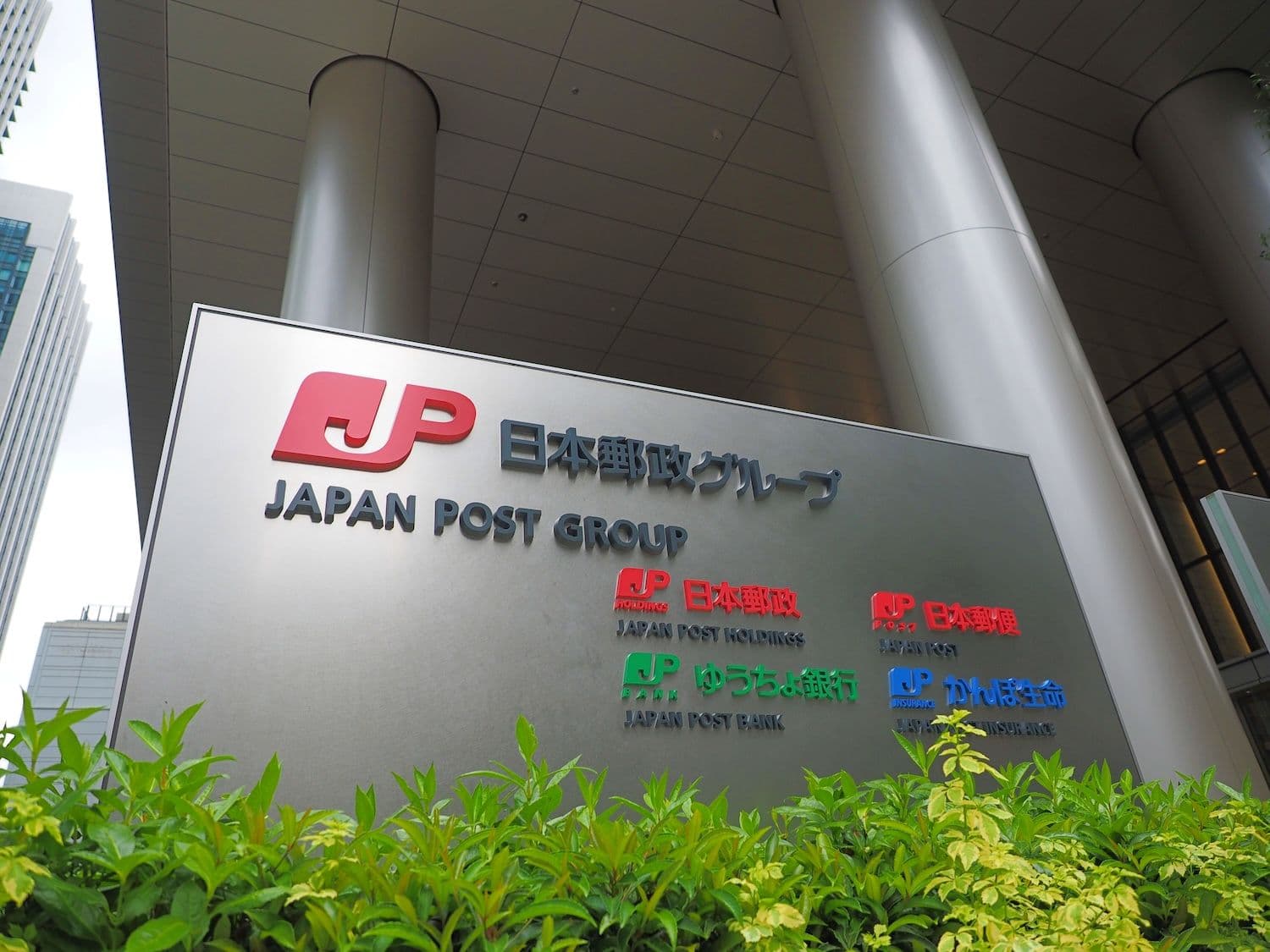Japan Post Bank, the nation's largest deposit institution holding approximately $1.36 trillion across 120 million accounts, plans to launch a digital deposit currency system by 2026 using DCJPY technology for security token settlements and potential government subsidy payments.
What to Know:
- Japan Post Bank will use DCJPY, a tokenized deposit system developed by DeCurret DCP, allowing one-to-one exchange rates with the yen through dedicated accounts linked to existing savings accounts.
- The digital currency targets security token settlements initially, with potential expansion to local government subsidy payments, leveraging the bank's massive customer base of 120 million accounts.
- Unlike globally accessible stablecoins such as JPYC, DCJPY operates exclusively on permissioned blockchains managed by regulated financial institutions, creating interoperability challenges across platforms.
Digital Infrastructure Revolution
The initiative represents Japan's most significant institutional embrace of blockchain technology to date. According to Nikkei, the bank's timeline positions it as a major player in the country's evolving digital asset landscape, potentially transforming how Japanese citizens interact with digital currencies.
DeCurret DCP, a subsidiary of DeCurret Holdings backed by Internet Initiative Japan (IIJ) Group as its largest shareholder, developed the underlying DCJPY technology. The company officially launched DCJPY in August of last year. One month later, DeCurret secured approximately ¥6.35 billion in funding to strengthen its DCJPY business infrastructure.
The planned system will enable depositors to establish dedicated accounts linked to their existing savings accounts.
This structure allows for seamless balance exchanges at a one-to-one rate with the yen, maintaining price stability while introducing blockchain capabilities.
Japan Post Bank's substantial deposit base creates unprecedented potential for DCJPY adoption within Japan's financial ecosystem. The bank's decision to explore digital currencies signals broader institutional acceptance of distributed ledger technology among the country's largest financial institutions.
Regulatory Framework and Market Positioning
The distinction between DCJPY and traditional stablecoins reflects Japan's evolving regulatory approach to digital assets. Stablecoins typically operate on public blockchains with global accessibility, while tokenized deposits like DCJPY function exclusively within permissioned networks controlled by regulated financial institutions.
This regulatory framework creates both opportunities and constraints for Japan Post Bank's digital currency plans. The controlled environment enhances security and compliance but limits interoperability with other blockchain platforms and digital asset ecosystems.
Japan's stablecoin regulatory progress accelerated significantly in 2025. JPYC received the country's first stablecoin license earlier this year, establishing precedent for digital currency authorization. This regulatory clarity provides Japan Post Bank with a defined pathway for its own digital currency implementation.
The bank initially intends to focus DCJPY usage on security token settlements. However, regulatory and safety considerations currently restrict security tokens to permissioned blockchains, creating interoperability challenges that may limit broader adoption across different platforms.
Technical Terms and Market Implications
Security tokens represent digitized versions of traditional financial securities, such as stocks or bonds, issued on blockchain networks. These instruments maintain regulatory compliance while leveraging blockchain technology for enhanced settlement efficiency and transparency.
Tokenized deposits differ fundamentally from stablecoins in their operational structure and regulatory classification. While both maintain stable value relative to underlying currencies, tokenized deposits operate within closed, regulated networks rather than open blockchain ecosystems.
Permissioned blockchains require authorization for participation, contrasting with public blockchains that allow unrestricted access. This structure enables greater regulatory control but may limit the innovation and interoperability that characterize open blockchain systems.
The $1.36 trillion in deposits held by Japan Post Bank represents significant potential liquidity for digital currency markets.
This scale could substantially influence Japan's broader digital asset adoption and infrastructure development.
Industry analysts suggest Japan Post Bank's blockchain initiative may intensify competition within Japan's fintech sector. As adoption expands among major financial institutions, smaller competitors may face pressure to develop their own digital currency capabilities or risk losing market share.
Final Thoughts
Japan Post Bank's digital currency initiative reflects broader trends toward institutional blockchain adoption across global financial markets. The bank's massive scale and customer base position it to significantly influence Japan's digital asset ecosystem development.
The 2026 timeline provides sufficient development and testing periods while demonstrating commitment to digital transformation. This schedule aligns with global trends toward central bank digital currencies and institutional blockchain implementation across major economies.

